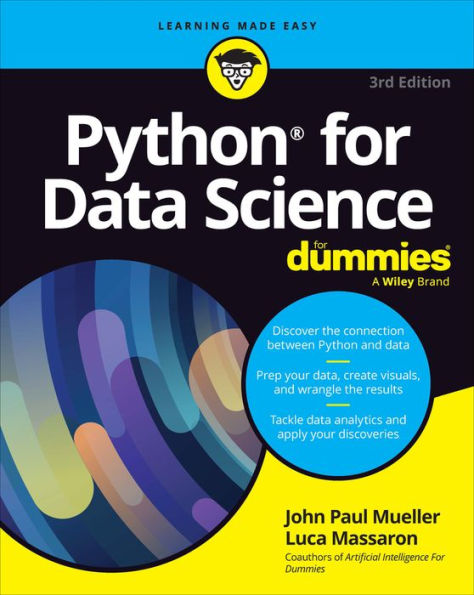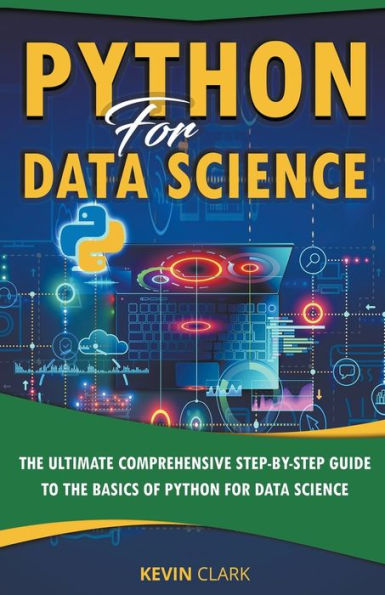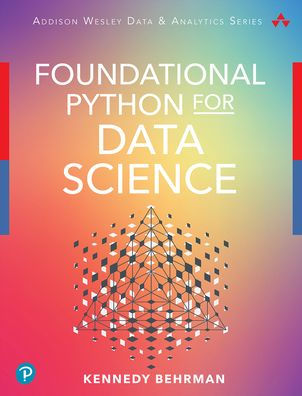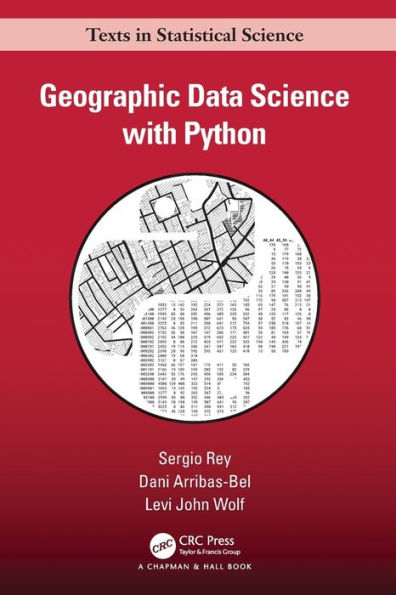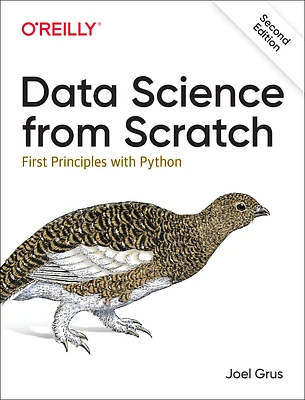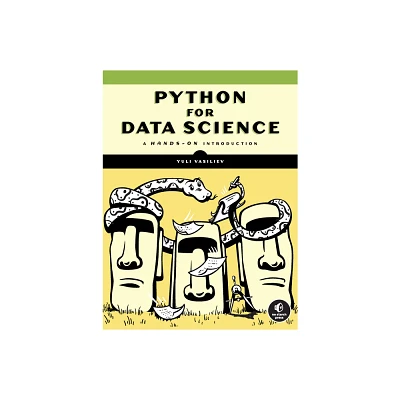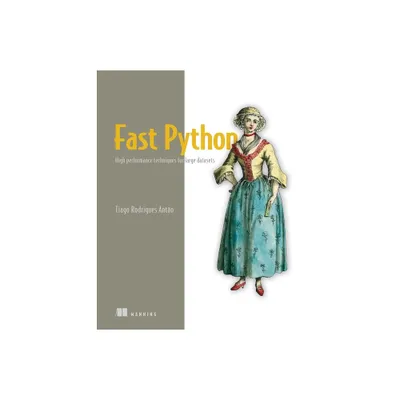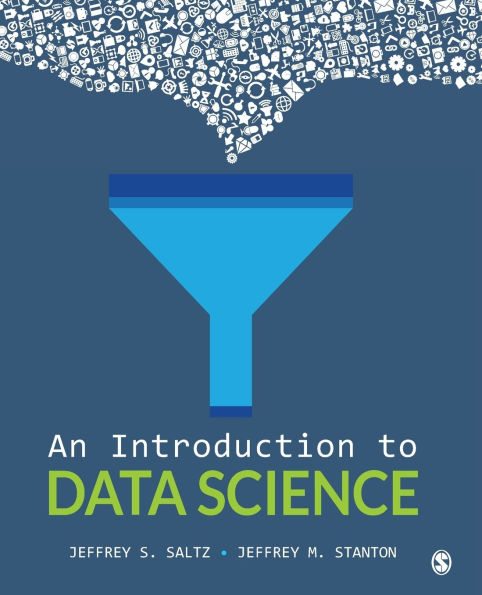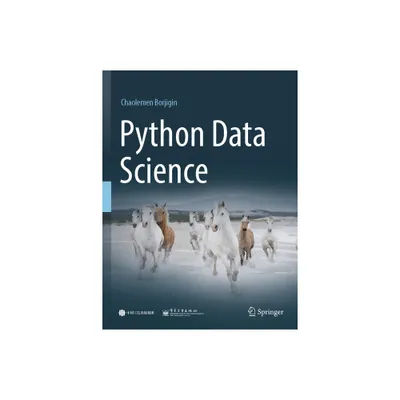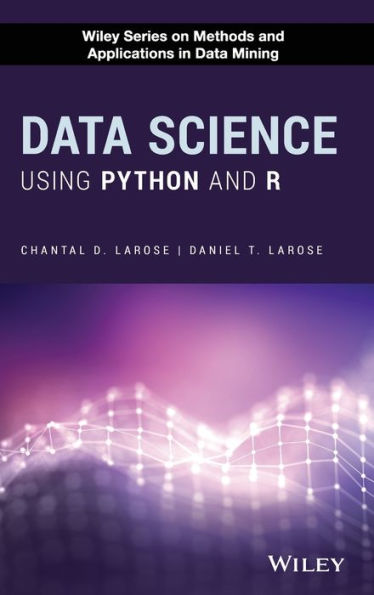Home
Data Science: A First Introduction with Python
Loading Inventory...
Barnes and Noble
Data Science: A First Introduction with Python
Current price: $200.00
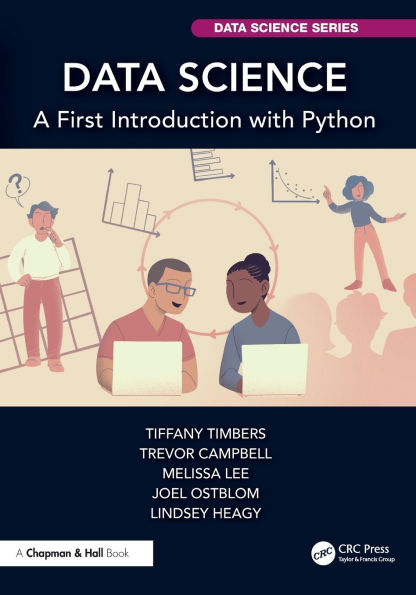

Barnes and Noble
Data Science: A First Introduction with Python
Current price: $200.00
Loading Inventory...
Size: Hardcover
*Product Information may vary - to confirm product availability, pricing, and additional information please contact Barnes and Noble
Data Science: A First Introduction with Python
focuses on using the Python programming language in Jupyter notebooks to perform data manipulation and cleaning, create effective visualizations, and extract insights from data using classification, regression, clustering, and inference. It emphasizes workflows that are clear, reproducible, and shareable, and includes coverage of the basics of version control. Based on educational research and active learning principles, the book uses a modern approach to Python and includes accompanying autograded Jupyter worksheets for interactive, self-directed learning. The text will leave readers well-prepared for data science projects. It is designed for learners from all disciplines with minimal prior knowledge of mathematics and programming. The authors have honed the material through years of experience teaching thousands of undergraduates at the University of British Columbia.
Key Features:
Includes autograded worksheets for interactive, self-directed learning.
Introduces readers to modern data analysis and workflow tools such as Jupyter notebooks and GitHub, and covers cutting-edge data analysis and manipulation Python libraries such as pandas, scikit-learn, and altair.
Is designed for a broad audience of learners from all backgrounds and disciplines.
focuses on using the Python programming language in Jupyter notebooks to perform data manipulation and cleaning, create effective visualizations, and extract insights from data using classification, regression, clustering, and inference. It emphasizes workflows that are clear, reproducible, and shareable, and includes coverage of the basics of version control. Based on educational research and active learning principles, the book uses a modern approach to Python and includes accompanying autograded Jupyter worksheets for interactive, self-directed learning. The text will leave readers well-prepared for data science projects. It is designed for learners from all disciplines with minimal prior knowledge of mathematics and programming. The authors have honed the material through years of experience teaching thousands of undergraduates at the University of British Columbia.
Key Features:
Includes autograded worksheets for interactive, self-directed learning.
Introduces readers to modern data analysis and workflow tools such as Jupyter notebooks and GitHub, and covers cutting-edge data analysis and manipulation Python libraries such as pandas, scikit-learn, and altair.
Is designed for a broad audience of learners from all backgrounds and disciplines.
